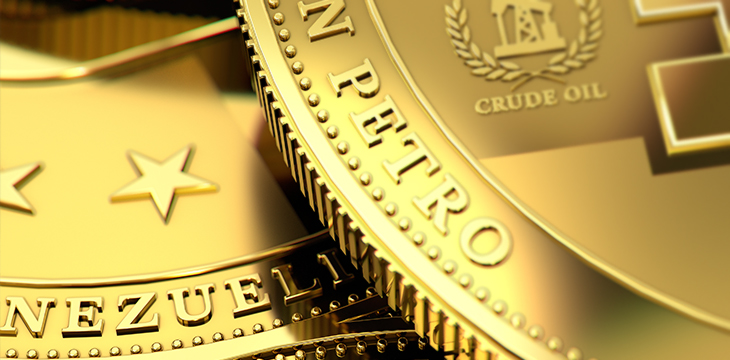|
Getting your Trinity Audio player ready...
|
In early October, Coingeek reported that the Venezuelan government planned to roll out its national cryptocurrency, the Petro, on November 5. And as the date draws near, the Venezuelan government has been ramping up its efforts to ensure that the controversial state-backed crypto coin’s launch will go off without a hitch.
This week, the government through its website announced that it has issued authorization to six websites to sell the Petro. According to Noticiero Digital, it had been announced initially that the launch would be done via 16 websites. Of this number, the first batch of six crypto exchanges have been approved to test the waters, so to speak. These exchanges are Cave Blockchain, Bancar exchange, Cryptia exchange, Amberes Coin, Afx Trade, and Criptolago. Some of these websites have already began marketing the Petro to promote the digital coin, the report stated.
On its website, Amberes moved to describe itself as a cryptocurrency exchange authorized by the Venezuela state for the purchase and sale of Petro, alongside other digital assets that are allowed in the country. Meanwhile, Afx Trade explained that it is a regulated cryptocurrency exchange platform in Venezuela for buying, selling, and safeguarding “digital assets inside and outside the national territory.”
It’s worth noting, however, that some of the approved exchanges were found to lack a good trading volume despite having multiple trading pairs. For instance on Cryptia’s website, three digital tokens—ETH, DASH, and XRP, are listed for trading against the BTC; however, they have no trading volumes. The website also urges its users to “buy and sell petros” via the Cryptia platform.
In a new white paper released ahead of Petro’s initial coin offering (ICO), the Venezuela government noted that the coin will be backed primarily by oil. Funding from Venezuela’s oil will account for 50%, while gold and iron will back 20% each. The remaining 10% is expected to come from diamond. There were allegations, however, that the white paper issued to support the Petro was an imitation of DASH’s white paper.
Meanwhile, Venezuelan President Nicolas Maduro said workers in the country would be receiving bonus payments based on Petro—instead of the Sovereign Bolivar—“in the coming weeks,” saying, “…if you think about the future, think about saving (…) think about the gold and Petro savings plan.”

 12-28-2025
12-28-2025 




